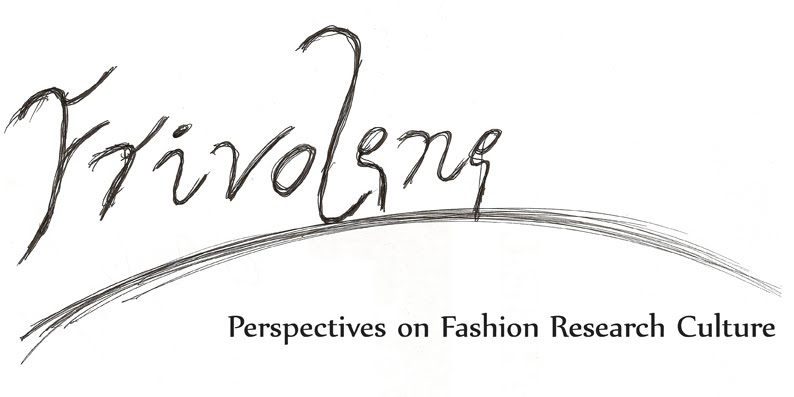Horace Walpole - Mr. Serendipity
Finally I made it down to see the V&A's exhibition on Horace Walpole and Strawberry Hill, a classic case of (almost) neglecting what's on your doorstep (or, in this case, quite literally 5 minutes from the RCA). Still, better late than never, and am glad that I did. Since my first small test film project Serendipity is called this after Walpole's invented word, it really would have been churlish to miss out. What was most intriguing about this exhibition was how much it was the collection and re-collation of artefacts of collector. The exhibition led the visitor through a series of 'rooms' based on the rooms (e.g. Holbein Chamber, Great North Bedchamber, Tribune etc.) that Walpole himself had created in the fantastical gothic mansion he built for himself by the Thames at Twickenham. The exhibition pre-empts the re-opening of this house, Strawberry Hill, in September, which has recently undergone a very thorough and extensive restoration programme.
Until this exhibition, Walpole has been a rather neglected character, perhaps seen as being a little far out on the 'eccentric' spectrum, and yet he has contributed much to our understanding of our contemporary art history, an area which is much relied upon by dress historians. Walpole's book Anecdotes of Painting in England was the first ever history of English art, modeled in part on Vasari's seminal book Lives of the Artists and remains a basis from which we still draw knowledge of English painting. Walpole was also the author of the first 'Gothic' novel, in the form of the Castle of Otranto, inspired by his own living and ongoing 'work' in the form of his home at Strawberry Hill, and also as a collector of objects, art, curiosities, both modern and ancient. As this exhibition reveals, some the objects that Walpole held so dear, or found intriguing enough to collect, were not as 'precious' or as 'important' as he had believed at the time. For example, one of the artefacts exhibited is a suit of armour Walpole believed to be owned by King Francis I of France. In many respects, however, it is the story behind the collection of an object, and that of the collector, that is more interesting, and indeed relevant, than that of the object itself. This exhibition certainly brought this sentiment to life. Too often, perhaps, curators and designers of exhibitions are concerned with what is precious or valuable in a monetary sense, yet often seemingly insignificant or ordinary objects hold a much more pertinent role. This brings me to reflect on Claire Catterall's comment during the RCA seminar on Curating Design on the importance of the curating of 'ordinariness', particularly within the context of design.
The exhibition finished on 4th July, and I fully recommend a visit, or if you are not able to make it down many artefacts from Walpole's collection are available to view online at: http://images.library.yale.edu/strawberryhill/. This is another excellent example of how the important digital archiving has now become to the work of both researcher's and curators.
Resources:
V&A Musuem: www.vam.ac.uk
Friends of Strawberry Hill: www.friendsofstrawberryhill.org
Lewis Walpole Library: www.library.yale.edu/walpole/
Horace Walpole's Collections at Strawberry Hill: http://images.library.yale.edu/strawberryhill/.

No comments:
Post a Comment